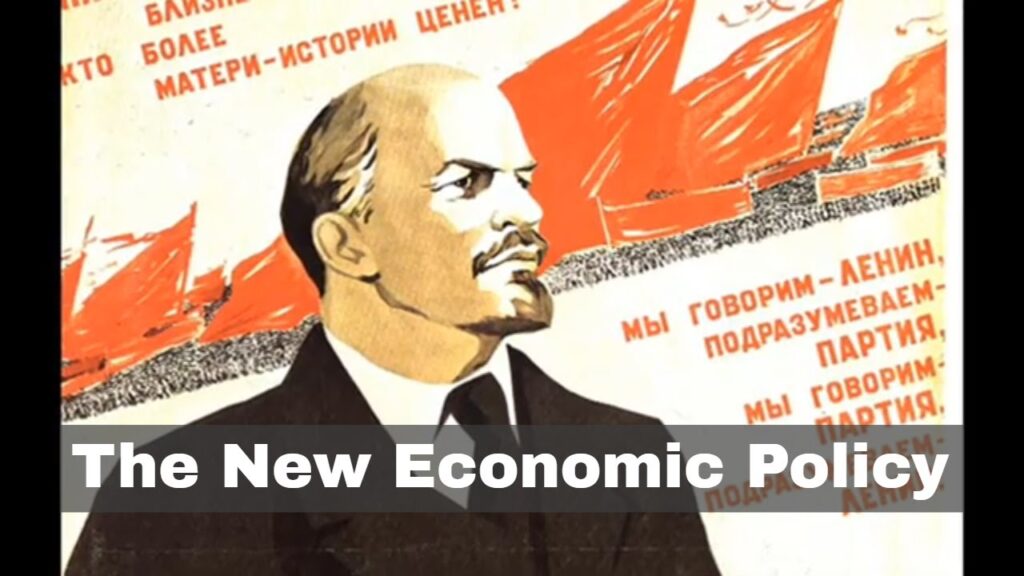1.
The number of industries reserved for the public sector was reduced from 17 to ___ under the Industrial Policy of 1991.
2.
To solve the balance of payment crisis in 1991, the Indian Rupee was ________ against foreign currencies.
3.
Who was the Finance Minister of India when the economic reforms took place under the New Economic Policy (NEP) in 1991?
4.
Which of the following industries were reserved exclusively for the public sector after the economic reforms of 1991?
5.
The economic reforms under the New Economic Policy of 1991 were made so that ___________.
6.
When were the economic reforms under New Economic Policy (NEP) formally introduced in India?
7.
The industrial license was abolished for most industries except ____________ during the 1991 reforms.
8.
The removal of import restrictions which began in 1991, led to freeing restrictions on ________ items.
9.
Which of the following concepts was not a part of the economic reforms under the New Economic Policy (NEP) in 1991?
10.
How many industries were reserved only for the public sector before the deregulation of the industrial sector in 1991?
11.
Which of these financial sector reforms were introduced in India under the New Economic Policy (NEP) in 1991?
12.
The foreign exchange market, Stock exchange market, banking and non banking financial institutions are a part of ___________.
13.
Which of the following events characterised the economic crisis of 1991?
14.
What was the primary outcome of the liberalisation and privatisation initiatives under the New Economic Policy (NEP) in 1991, followed by the Indian government?
15.
Which of the following institutions are a part of the financial sector of a country?
16.
Which of the following arguments are made in favour of privatisation of a country’s economy?
17.
What was the total amount of the loans provided by the International Monetary Fund and the World Bank during the nineties to help India during its financial crisis?
18.
___________ is the policy that helps integrate a domestic economy with the world economy.
19.
Which of the following has not occurred after the liberalisation of economic policies under the New Economic Policies (NEP) in 1991?
20.
Which of the following is the outcome of the globalisation of a country’s economy?
21.
What is the full form of the LQP system that existed before the onset of the New Economic Policy (NEP) in 1991?
22.
Many products from small-scale industries were ________ after the industrial sector was deregulated in 1991.
23.
The process of transferring the ownership, management and control of a public sector partially/entirely to the private sector is known as ________.
24.
What were the reasons for introducing the economic reforms in 1991?
25.
Which of the following was not a part of the structural adjustment programs under the New Economic Policy (NEP) in 1991?


